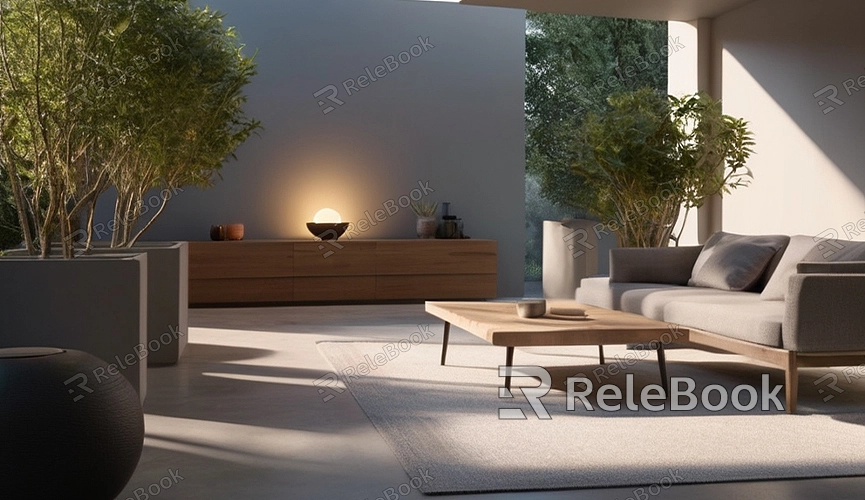How to Render and Export Animations in Blender
Blender is a powerful open-source 3D modeling and animation software that many designers and animators use to create stunning animations. This article will guide you through the process of rendering and exporting animations in Blender, helping you quickly master this essential skill.
Preparing the Animation
Before starting the rendering process, ensure that your animation is complete and ready to render. This includes finalizing all modeling, materials, lighting, and animation settings. Double-check that every frame is set as expected to avoid discovering errors during rendering.

Setting Up Rendering Parameters
1. Open Blender and load your project file.
2. Select the “Render” tab at the top of the screen.
3. In the “Output” panel, choose the file format you want to save. A common choice is FFmpeg video, as it allows you to export directly as a video file.
4. Select the location where you want to save the file in the “Output Path” section.
5. Choose the desired file format, such as MPEG or AVI. If you opt for an image sequence format, you can later use Blender’s Video Sequence Editor to combine the images into a video.
Configuring Render Settings
In the “Render” tab, you’ll also need to configure the following settings:
1. Resolution: Set the resolution according to your project needs. Typically, 1080p (1920x1080) is a solid choice.
2. Frame Rate: Specify the frames per second (FPS). Standard frame rates for animations are 24 FPS or 30 FPS.
3. Render Engine: Choose the render engine you want to use. The common options are Eevee and Cycles. Eevee is faster for rendering, while Cycles delivers higher-quality results.
Starting the Render
After you’ve configured all the parameters, click the “Render” button at the top menu and select “Render Animation.” Blender will begin rendering your animation frame by frame and save the output to your specified directory.

Exporting the Animation
If you opted to render as an image sequence, you’ll need to combine the images into a video:
1. Open Blender’s Video Sequence Editor.
2. Import your image sequence.
3. Set your output parameters, including the format and output path.
4. Click “Render” and select “Render Animation.” Blender will then compile the image sequence into a video and export it.
Optimizing Render Time
Rendering animations can be time-consuming, so here are a few optimization tips:
- Lower the Resolution: During testing, you can lower the resolution to speed up render times.
- Use Eevee Engine: Eevee renders faster than Cycles and is great for previews and quick results.
- Adjust Sample Count: In Cycles, reducing the sample count can significantly speed up rendering but may reduce quality. You can compensate for this with the Denoising feature.
By following these steps, you can efficiently render and export animations in Blender. If you need high-quality 3D textures, HDRIs, or downloadable 3D models to enhance your models and virtual scenes, you can find them on Relebook. Simply download and import them directly into your project for immediate use.

